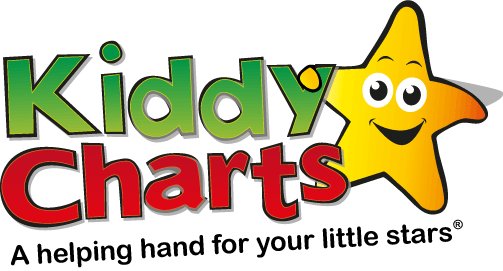Learning to tell time is an essential life skill that children must master. One innovative and engaging method for teaching this concept is through the use of time dominoes. These educational tools help children develop a strong foundation in understanding time while making the learning process enjoyable and interactive. In this article, we’ll explore what time dominoes are, how they can be used to teach time, and why they are beneficial for children’s learning. We’ll then share our set of time dominoes for free with you all.


What are time dominoes?
Time dominoes are a set of specially designed domino tiles that display various times on one side and corresponding clock faces on the other side. Instead of traditional dots representing numbers, these dominoes feature analog clocks with hour and minute hands set to specific times. By connecting the matching clock faces with their corresponding written times, children can learn to recognise and understand time in a fun and interactive way.
How to use time dominoes
Teaching time using time dominoes involves several simple yet effective steps that promote active learning and reinforce the concept of telling time. Here’s how to use time dominoes to help children learn the time:
Step 1: Introduce the concept of time
Begin by explaining the basics of time, including hours, minutes, and seconds. Discuss the importance of time in everyday life and how it helps us organise our schedules and activities. Introduce the concept of analog clocks and the function of the hour and minute hands.
Step 2: Demonstrate how to read an analog clock
Using a large analog clock or a clock face drawn on a board, demonstrate how to read the time. Explain the position of the hour and minute hands for various times, such as o’clock, quarter past, half past, and quarter to. Encourage children to practice reading the clock by asking them to identify different times.


Step 3: Introduce them
Present the time dominoes to the children and explain that each tile has a clock face on one side and a written time on the other side. Show them how the dominoes can be connected by matching the clock faces with their corresponding written times.
Step 4: Play time dominoes
Shuffle the dominoes and distribute them evenly among the children. The first player places a domino on the table, and the next player must find a domino with a clock face or written time that matches one of the open ends. If a player cannot make a match, they must pass their turn. Continue playing until all the dominoes have been used or no more matches can be made. The player with the most dominoes connected wins.
Step 5: Reinforce learning
After playing the game, review the concept of telling time using the time dominoes. Ask children to identify various times on the clock faces and encourage them to practice reading the time independently. Repeat the game periodically to reinforce learning and track their progress.


Why time dominoes are helpful for children
Time dominoes offer several benefits for children as they learn to tell time:
- Interactive learning: Time dominoes provide a hands-on approach to learning that actively engages children in the process. This interactive method helps develop a deeper understanding of the concept of time.
- Visual reinforcement: The combination of clock faces and written times on the dominoes offers a visual representation of time, reinforcing the connection between the two formats and aiding in recognition and comprehension.
- Problem-solving skills: As children search for matching dominoes, they develop critical thinking and problem-solving skills, essential competencies for success in various aspects of life.
- Social skills: Playing time dominoes encourages cooperation, communication, and friendly competition among children, promoting the development of essential social skills.
- Fun and engaging: Time dominoes make learning enjoyable, increasing children’s motivation and enthusiasm for mastering the skill of telling time.


This game is suitable for children aged 5 and up, depending, of course, on their ability to tell the time on an analogue clock.
What do our dominoes look like




Our first three sheets include a cover, and then two pages of the time dominoes. Each of the first three sheets contains 10 dominoes on each sheet. There are a total of forty dominoes within the game.




To download this, you just need to click on the button below:


In conclusion, these are an effective and engaging tool for teaching children how to tell time. By combining interactive gameplay with visual reinforcement, these educational tools promote a deeper understanding of the concept while also developing essential problem-solving and social skills. Not only are these dominoes a fun way to learn but also a valuable resource for building a strong foundation in time-telling proficiency.
Do come back to us again, why not sign up to our newsletter to hear what we are up to:
Hope to see you again soon,
Helen




